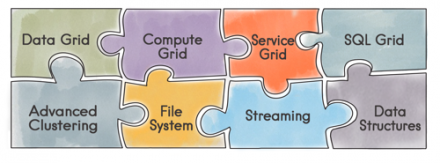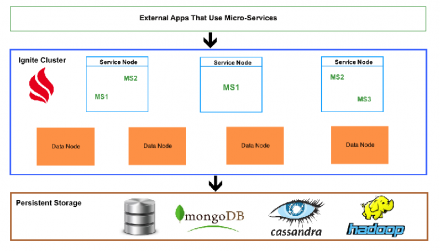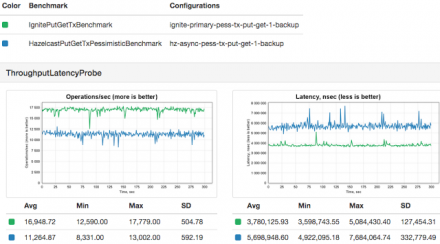Apache Cassandra is one of the leading open-source distributed NoSQL disk databases. It is deployed in mission-critical infrastructures at Netflix, eBay, Expedia and many others. It gained popularity for its speed, the ability to linearly scale to thousands of nodes and offers "best-in-class" replication between different data centers.
Apache Ignite is a memory-centric…
GridGain Blog
Data terabytes, clusters for hundreds of machines, big data, high load, machine learning, microservices... and other scary words are all applicable to Apache® Ignite™. But this does not mean that it is not suitable for less ambitious goals.
Today, we'll look at how Ignite can easily store any of your objects, share them over the network, and provide .NET and Java interoperability.
We…
In this series of Apache Ignite Tutorial articles, I will describe what Apache Ignite is and how to deploy it at a beginner's level. In this first blog post, I will cover clustering and deployment.What is Apache Ignite?Apache Ignite is an in-memory data fabric. Its main goals are to provide performance and scalability. It partitions and distributes data within a cluster. The cluster provides very…
Nowadays, there are tons of applications, services and use cases when it's needed to gather, store and process spatial data constantly. Generally speaking, when we talk about geospatial data, we imply location or dimension of an object like a building, mountain, car or group of people. Applications and services like Foursquare and Google Maps or solutions built for logistics and…
Introduction
Nowadays many companies are basing their applications and solutions on microservices architecture. One of the main benefits of this approach is that it allows splitting a solution into a number of loosely coupled software components (microservices). These software components might have their own release and life cycles, and even development teams. Moreover, these…
In my previous post I have demonstrated benchmarks for atomic JCache (JSR 107) operations and optimistic transactions between Apache Ignite™ data grid and Hazelcast. In this blog I will focus on benchmarking the pessimistic transactions.
The difference between optimistic and pessimistic modes is in the lock acquisition. In pessimistic mode locks are acquired on first access, while in optimistic…









